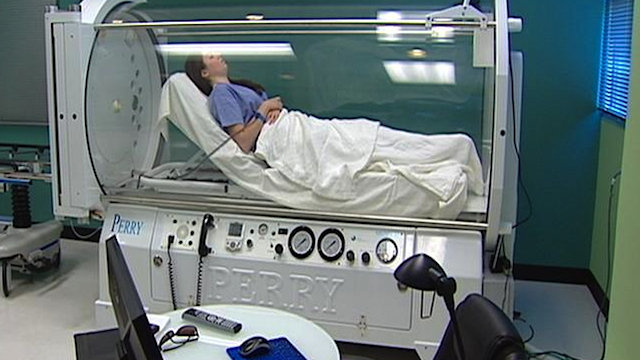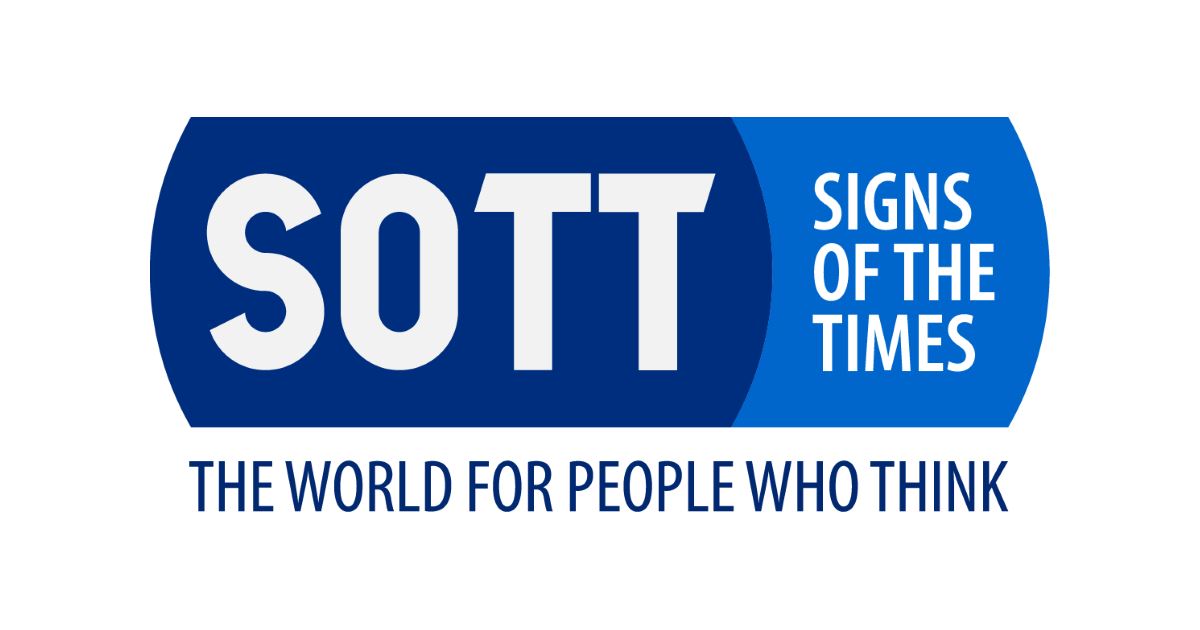In researching HBOT it seems that one of the main benefits/goals is to supply tissues with more oxygen and nutrients, via blood/plasma flow. This is not done at the vein or artery level, but via the capillaries, which are very small.
In my understanding, 70% of our circulatory system is actually composed of capillaries verses veins and arteries. It is the capillaries that deliver the oxygen and nutrients to the cells, and also facilitate the detoxification of the cells.
One of the challenges for modern medicine is how to increase the blood flow to the cells. Evidently there are no "receptor sites" in this biological system for pharmaceutical compounds to bind to, so a drug solution has not been found.
HBOT seems like a really valid method to accomplish this goal.
I would like to introduce another approach that is available - PEMF (Pulsed Electro Magnetic Therapy)
There are several PEMF devices on the market. Generally speaking, you lie down on a mat that is connected to a sort of control unit for perhaps 10 minutes, 2 X per day. The base station generates a low power EMF signal. The signal is sent to your body via the mat.
This low power frequency is said to do two things - increase the production of Nitrous Oxide (
Nitric Oxide in the Vasculature: Where Does It Come From and Where Does It Go? A Quantitative Perspective) in the bloodstream and increase the rate of Vasomotion, which is a sort of heartbeat or mechanical contraction of the capillaries that is actually independant of the heart itself.
Full disclosure, I own a device and am a distributer for a direct sales company called BEMER, which is a German/Swiss based manufacturer. I am not attempting to sell anything here, but my health results and those of my family have been very positive.
For those that are interested here is a link to some information.


 .
.


